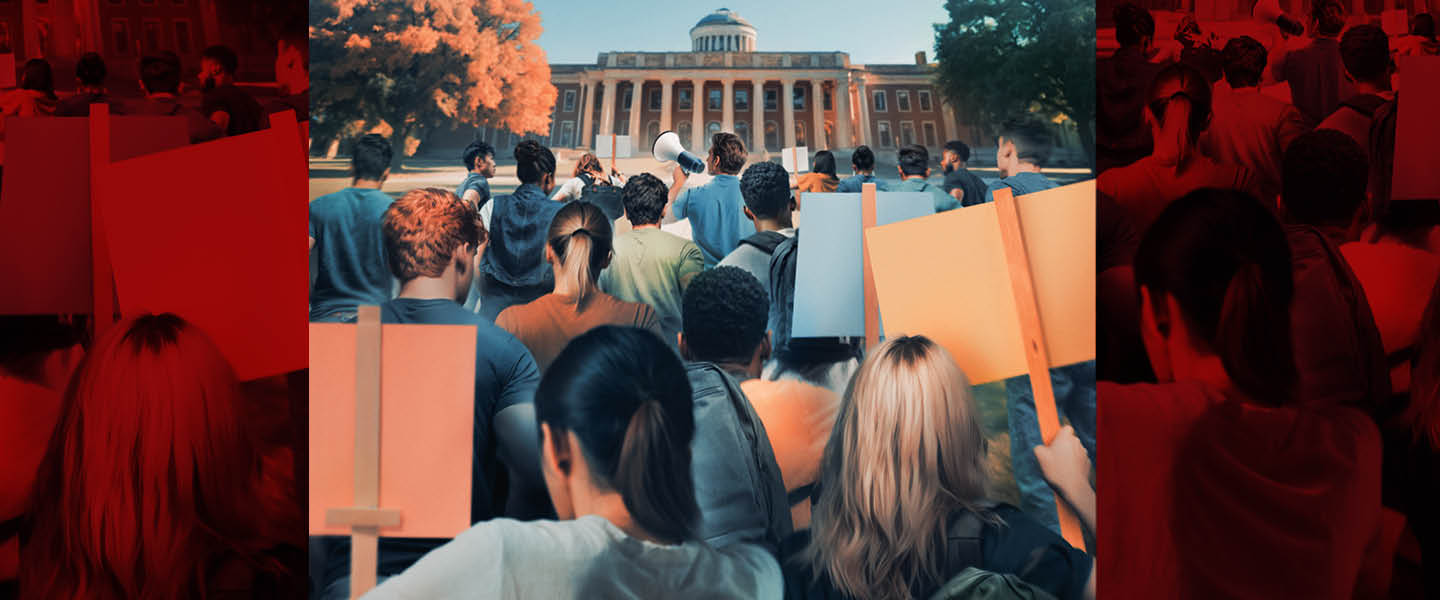Last spring, protests over the war in Gaza erupted on college campuses across the United States. Students marched, gave speeches, set up tent encampments, and occupied school administration buildings.
Most of the protesters opposed the Israeli military’s fierce bombardment of Palestinian cities, which came after armed members of Hamas, the militant group then in control of Gaza, staged a deadly surprise attack on Israel in October. Some counterprotesters vehemently defended Israel’s response.
The majority of the protests remained peaceful. But some students used forceful or provocative language in support of the Palestinian cause. Many Jewish students expressed fear for their safety or accused protesters of anti-Semitism.
In response to the protests, which sometimes caused major disruptions to campus activities, some college administrators threatened students with expulsion or called in the police to clear encampments and arrest students.
Regardless of the outcomes of the demonstrations, they put a spotlight on the right to protest, as established by the First Amendment. Here are five things you need to know to understand how the First Amendment applies to campus protests.
Last spring, protests over the war in Gaza spread on college campuses across the United States. Students marched and gave speeches. They set up tent encampments and even occupied school administration buildings.
Most of the protesters opposed the Israeli military’s fierce bombardment of Palestinian cities. The bombing started after armed members of Hamas, the militant group then in control of Gaza, staged a deadly surprise attack on Israel in October. Some counterprotesters strongly defended Israel’s response.
The majority of the protests remained peaceful. But some students used forceful or provocative language in support of the Palestinian cause, and many Jewish students expressed fear for their safety. Some also accused protestors of anti-Semitism.
The protests sometimes caused major disruptions to campus activities. In response, some college administrators threatened students with expulsion or called in the police to clear encampments and arrest students.
The demonstrations put a spotlight on the right to protest, which was established by the First Amendment. Here are five things you need to know to understand how the First Amendment applies to campus protests.

